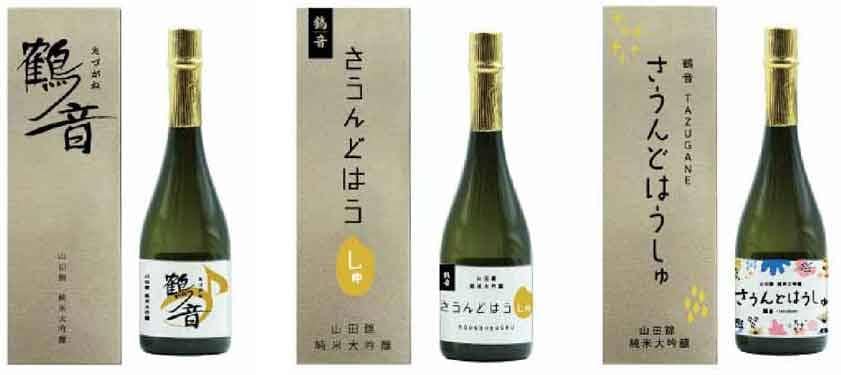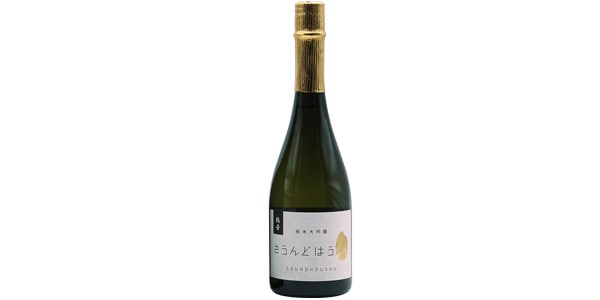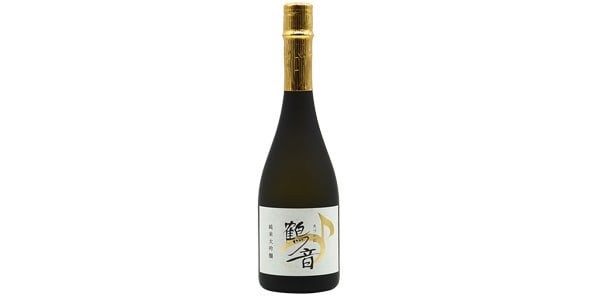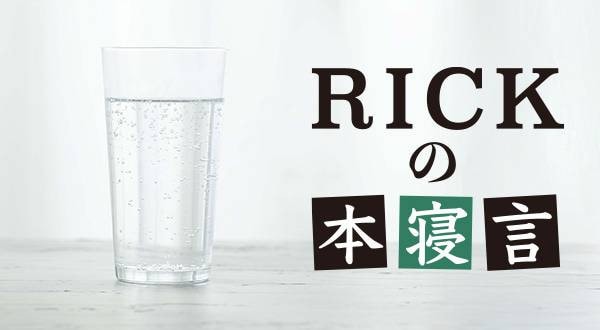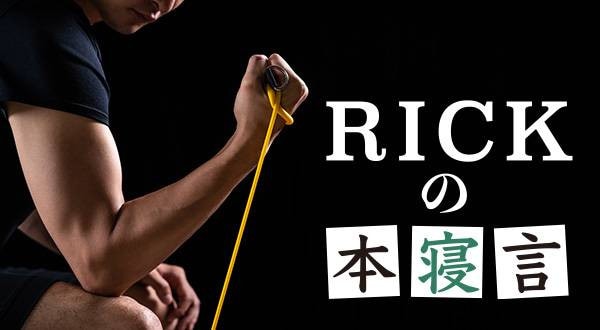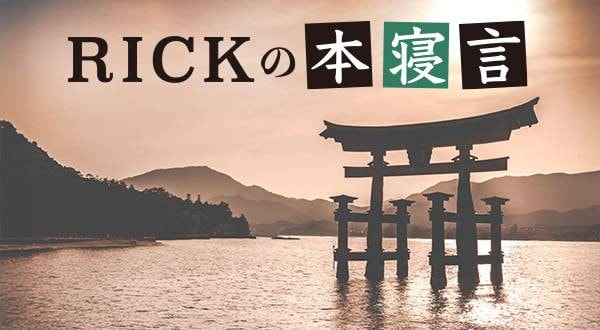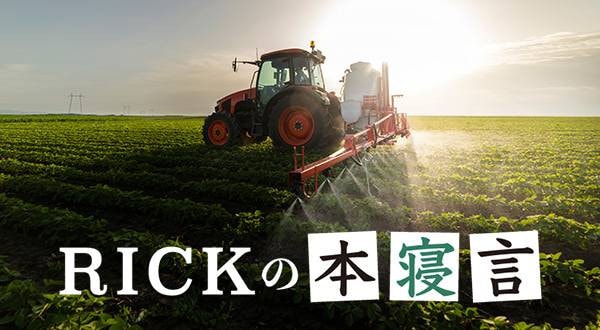For some reason, Sound House has decided to begin online sales of a top-quality sake called SoundHoushu. To begin with, I had hardly ever drunk sake until I was in my thirties. I was a beer and wine drinker, and rarely even had the opportunity to try any other alcoholic beverages. However, on flights between Japan and the U.S., beer, wine, and sake were served at every dinner, and since I could drink as much as I wanted, I decided to start drinking sake as well. Before I knew it, I began to appreciate the taste of sake and gradually fell in love with it.
Actually, sake goes well with Japanese food. It is a matter of course. I guess I was ignorant for not noticing it for many years. Whenever I ate sushi, I was always satisfied with just beer. Beer is certainly delicious, but the more you drink it, the more your stomach growls and the more it interferes with your meal. It is surprisingly high in calories, and since my stomach is soaked in beer anyway, it is only natural that there is no room left for delicious rice. As a result, the food gradually becomes harder and harder to get down.
Sake is a true delight that makes up for the shortcomings of beer. Sake teaches us the art of enjoying the marriage of a delicious meal with sake. Sake can be dry or sweet, and there are many different types of sake brewed, including junmai sake and ginjo-shu. But no matter which type of sake you choose, you can always taste the sweetness of the rice. The sweetness of the sake flavor is a perfect match for Japanese cuisine. Therefore, when eating typical Japanese dishes such as sashimi, tempura, or sukiyaki, having a cold sake, also known as chilled sake, by your side is sure to make your table stand out.
Many Japanese people are not good at drinking. I am sorry for those people. This article may be superfluous. But I want you to know this. Sake is the deciding factor in making a meal more delicious. Sake, in particular, accentuates the flavor of Japanese food and makes it irresistible. Sake is such a perfect match for Japanese food.
Now, let's cut to the chase. Why "SoundHoushu"? It all started in Onagawa, Tohoku, where Sound House has been operating since the Great East Japan Earthquake that happened on March 11, 2011. Onagawa has been reborn as a result of the public and private sectors working together to support the city's recovery from the earthquake and tsunami. Since then, Sound House has decided to open a distribution center and showroom in Onagawa to be a symbol of the recovery. As the chairman of the board, I am also the overall person in charge of the Onagawa project, which means that I travel back and forth between Narita and Onagawa on a weekly basis. When the hotels in Onagawa were full, I would stay in the neighboring town of Ishinomaki.
One day, while dining at a restaurant called Komachi in Ishinomaki, the proprietress of the restaurant placed a bottle of very delicious junmai daiginjo sake brewed by a well-known sake brewery called Haginotsuru on the table and said, "Have a drink!” She put it on the table and offered it to me. This was a truly delicious sake. I immediately checked the brewery on my phone and learned that Hagi no Tsuru is one of the most prominent sake breweries in Miyagi Prefecture. As I looked around, I discovered that this sake brewery also sells sake with interesting labels involving children and is involved in various projects.
At that time, Sound House had just launched the "Sound House Children's Mirai Foundation" to help disadvantaged children. The purpose of the foundation was to support children by using profits earned through hard work. After the foundation was set up, we were looking for a charity to support the children, and as we were considering this idea day by day, the thought occurred to us that Sound House could sell sake and donate the proceeds from the sales to the children. By chance, we came to know about this well-known sake called Haginotsuru.
Since I’m quick to get the ball rolling, I immediately visited the brewery and made an appointment to meet with the representative. I had only one goal in mind: To support the children. We asked if they would make sake for the Sound House. Fortunately, the representative was a music lover and seemed to know about Sound House, so he readily accepted our proposal. We are very grateful. Many thanks.
When discussing the name of the sake brand within the company, two outstanding brand names emerged. One was 鶴音. “Tsuruoto?” “Tsuruon?” The word is mentioned in the Kojiki (Records of Ancient Matters), and the sound cranes make is called 鶴音 or "tazugane”. It is a strange-sounding word that no one even knows how to read, but Sound House is “sound”, and the brewer of the sake is "Hagi no Tsuru," so “sound” and “crane” combine to form 鶴音 "tazugane," or "crane sound," which is a brilliant concept.
In addition,there was another brand name that I will mention soon. This was "SoundHoushu”. This was the brand name recommended in an internal survey, but when I first read it, I thought, "What's that?” At the same time, however, Stella, a very popular V-tuber sponsored by Sound House, said, "I want to drink SoundHoushu!” I was so excited that I took an internal poll about the brand name. We then put the brand name to a vote within the company, and to our surprise, "SoundHoushu" came out on top. There was no backing down now. Sound House would produce "SoundHoushu"! I decided to go with it!
As a result, Sound House has decided to go with a two-pronged approach right from the start: "Tazugane" and "SoundHoushu. Both are junmai daiginjo-shu, but each has a slightly different flavor to differentiate it from the other. The project was launched with the basic premise of selling these sake products and using the proceeds to support children.
Therefore, it is very meaningful to buy and drink SoundoHoushu. It is just delicious. It is Miyagi Prefecture's best Junmai Daiginjo sake. By buying this sake, you will have the opportunity to reach out to as many children as possible. That makes me infinitely happier. Sound House must be proud to be able to actively engage in such a sake project without hesitation. I do not intend to get carried away. We still have a long way to go. Still, just thinking about the fact that not only can we contribute to society in some way through "Tazugane" and "SoundHoushu," but that the children's smiles are an extension of that contribution, makes all the hard work worthwhile. With these thoughts in mind, six hours later, early in the morning, I decided to run from Sukumo in Kochi Prefecture toward Uwajima. My thumbnail is almost peeled off and it hurts, but I manage to overcome this difficulty and triumph. At the end of the finish line, a celebratory drink awaits me. Tazugane and SoundHoushu! The ban is scheduled to be lifted in May 2024! Stay tuned for an update!
